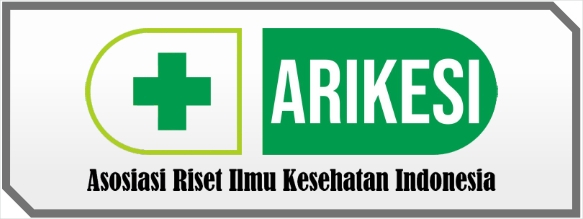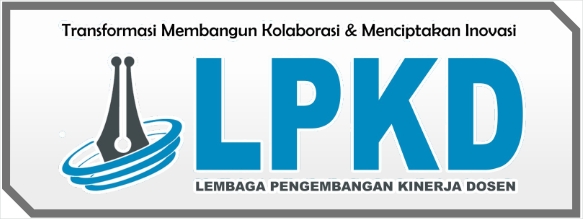Pria 41 Tahun Dengan Struma Nodusa Hipertiroidisme Dan Hepatoma
DOI:
https://doi.org/10.55606/klinik.v3i1.2259Keywords:
Hyperthyroidism, Jaundice, Thyroid GlandAbstract
Hyperthyroidism is a clinical condition caused by an increase in the concentration of thyroid hormone in tissues due to increased hormone synthesis by the thyroid gland in the form of increased release of endogenous thyroid hormone or exogenous extrathyroidal sources. Hypermetabolic hyperthyroidism reflects the patient's state of thyroid storm such as tachycardia, increased GI motility, diaphoresis, anxiety, fever, and manifestations of multiple organ dysfunction. Data collection in this case report was obtained based on anamnesis and physical examination. A 41-year-old male patient came to the emergency room at RSU Cut Meutia, North Aceh with complaints of fever accompanied by nausea, vomiting, loose stools, icteric sclera, and swelling in both lower legs. There has been a lump in the neck for 3 years and has been growing since 1 month. The patient was diagnosed with hyperthyroidism and has been taking anti-thyroid medication for 1 month. Patients often feel their hands shaking, and chest pounding, cannot stand hot weather, and often sweat excessively. The patient's jaundice was accompanied by increased liver function. The cause of liver failure in hyperthyroid patients is due to several factors. One of them is autoimmune which attacks autoimmune hepatitis. This can occur in 10% of patients with hyperthyroidism. This patient was given pharmacological therapy in the thionamide group, namely Thyrozole 1x10 mg, and beta blocker, namely Propranolol 1x 10 mg. Non-pharmacological therapy provides oxygen, bed rest, and adequate nutrition.
References
2. Kravets. Hipertiroidisme: Diagnosis and Treatment. Stony Brook Univ Sch Med. 2016;93(5).
3. Taylor PN, Albrecht D, Scholz A, Gutierrez-Buey G, Lazarus JH, Dayan CM, et al. Global epidemiology of hyperthyroidism and hypothyroidism. Nat Rev Endocrinol. 2018;14(5):301–16.
4. Thiyagarajan A, Platzbecker K, Ittermann T, Völzke H, Haug U. Estimating Incidence and Case Fatality of Thyroid Storm in Germany Between 2007 and 2017: A Claims Data Analysis. Thyroid. 2022 Nov;32(11):1307–15.
5. Selmer C, Olesen J, Hansen M, et al. The Spectrum of Thyroid Disease and Risk of New Onset Atrial Fibrillation: A Large Population Cohort Study. 2012;
6. De Leo S, Lee SY, Braverman LE. Hyperthyroidism. Lancet. 2016 Aug;388(10047):906–18.
7. Kahaly GJ, Bartalena L, Hegedüs L, Leenhardt L, Poppe K, Pearce SH. 2018 European Thyroid Association Guideline for the Management of Graves’ Hyperthyroidism. Eur Thyroid J. 2018;7(4):167–86.
8. Kalra S, Khandelwal S. Clinical Scoring Scales in Thyroidology. Indian J Endocrinol Metab. 2021;15(6):89–94.
9. Arifandi maya devi. Badai Tiroid. Amenore Prim. 2018;21(CMML):30–7.
10. Cappola AR, Desai AS, Medici M, Cooper LS, Egan D, Sopko G, et al. Thyroid and Cardiovascular Disease: Research Agenda for Enhancing Knowledge, Prevention, and Treatment. Circulation. 2019;139(25):2892–909.
11. Leo S De, Lee S, Braverman L. Hyperthyroidism. Lancet. 2016;388(10047):906–18.


















